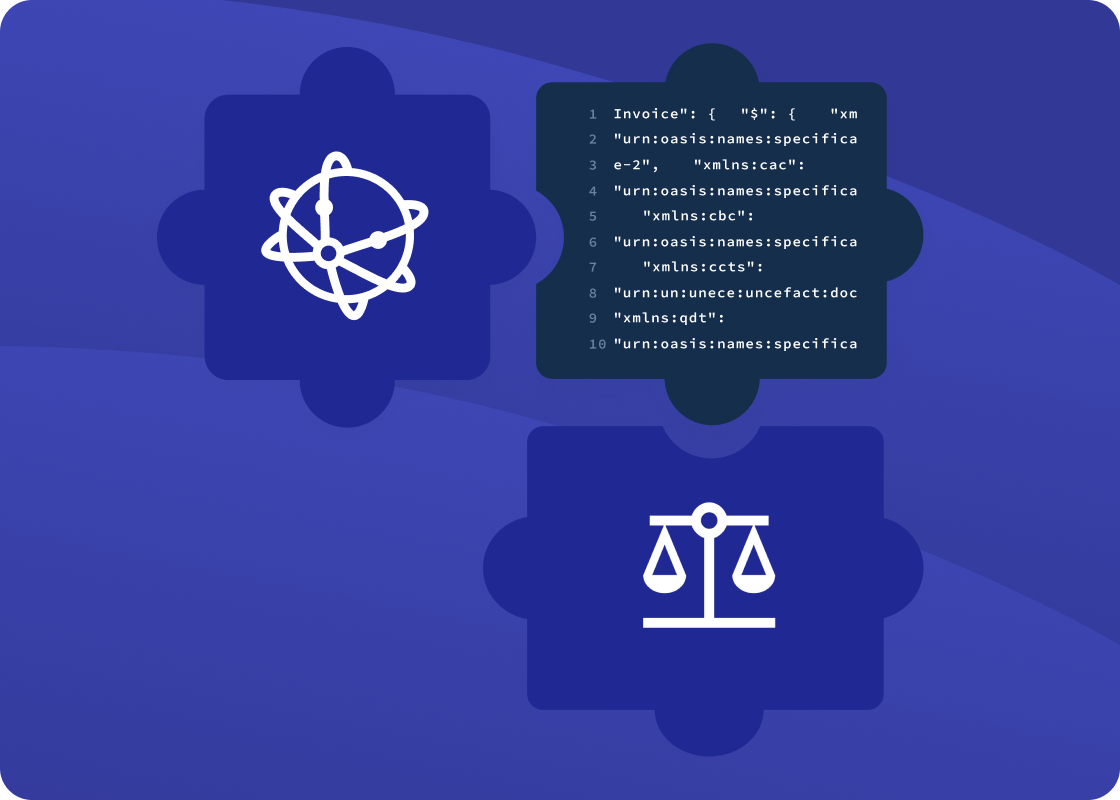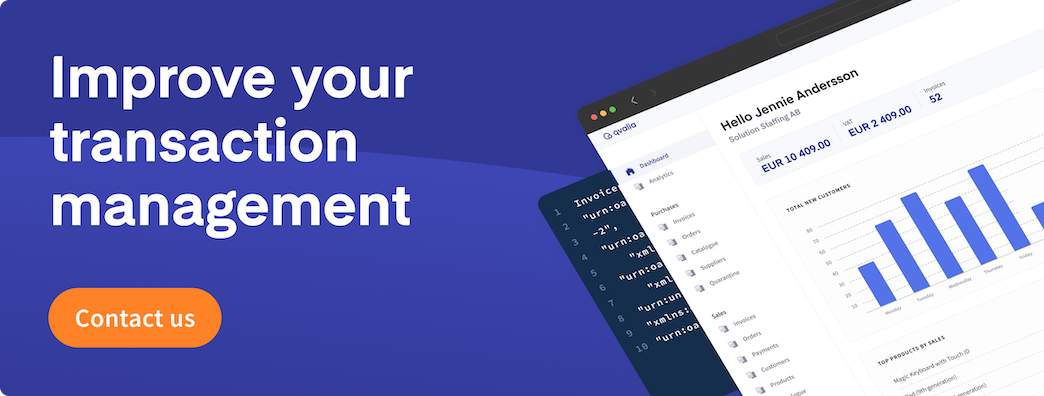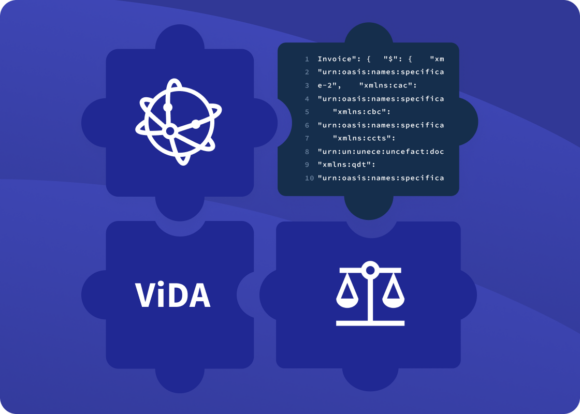
The European Union’s VAT in the Digital Age (ViDA) initiative is a comprehensive reform to modernize the VAT system across the EU. This initiative reflects the need to address the challenges of digitalization and cross-border trade while combating VAT fraud, which costs the EU billions annually.
Introduced in December 2022, ViDA seeks to streamline VAT reporting, boost efficiency, and reduce compliance burdens for businesses across Europe. Here’s what you need to know about ViDA.
Background to ViDA
The need for reform became increasingly evident as the digital economy expanded and VAT fraud proliferated. By 2020, the EU VAT gap, representing the difference between expected and collected VAT, was an alarming €93 billion.
A significant portion of this gap is due to fraud in cross-border trade, which ViDA aims to address. The initiative builds on earlier efforts to modernize VAT, such as the European Commission’s Action Plan for Fair and Simple Taxation in 2020 and proposals for a definitive VAT system dating back to 2018.
The three ViDA pillars
ViDA introduces a suite of legislative changes designed to modernize VAT processes, mainly through digital technologies. It has three key pillars:
- Real-time digital reporting and e-invoicing (DRR): This mandates real-time reporting for cross-border transactions within the EU, based on e-invoicing. This will enable tax authorities to detect VAT fraud, especially carousel fraud, much more effectively. From 2028, e-invoicing will become mandatory for cross-border transactions, ensuring uniformity across the EU.
- Platform economy rules: The platform economy will see updated VAT rules, particularly in sectors like short-term accommodation and passenger transport. Platforms such as Airbnb or Uber will be required to collect and remit VAT on behalf of their users when they don’t meet VAT obligations, helping to level the playing field for traditional businesses.
- Single VAT registration: Expanding the One Stop Shop (OSS) model, ViDA will simplify VAT registration for businesses operating in multiple EU countries, reducing the need for various registrations and allowing VAT compliance via a single online portal.
How ViDA relates to Peppol
ViDA and Peppol (Pan-European Public Procurement On-Line) relate to each other in the context of digital invoicing and standardized data exchange. As ViDA sets the legislative framework for VAT and digital reporting, Peppol is one of the technical solutions that can meet these requirements.
E-invoicing alignment
ViDA is focused on modernizing VAT reporting across the EU by introducing mandatory real-time digital reporting and e-invoicing. Peppol provides a network for standardized electronic document exchange, including e-invoices.
Under ViDA, the shift toward e-invoicing will benefit from Peppol’s established infrastructure, as Peppol is already widely used for transmitting compliant e-invoices across borders in Europe.
Cross-border compliance
Peppol ensures that businesses can easily send and receive standardized invoices across different jurisdictions, which aligns with ViDA’s goal of reducing the administrative burden for companies operating in multiple EU countries.
With Peppol, businesses can use one network to comply with ViDA’s e-invoicing requirements, facilitating smoother VAT reporting.
Interoperability and standardization
ViDA encourages interoperability across digital systems in the EU, and Peppol provides a standardized protocol for e-invoicing, helping ensure compliance with the European e-invoicing standard (EN 16931).
This contributes to ViDA’s broader goals by helping member states and businesses adopt uniform practices for digital VAT reporting.
How does ViDA relate to Continuous Transaction Control (CTC)?
ViDA and Continuous Transaction Control (CTC) systems are aligned in their focus on improving VAT compliance and reducing fraud by using digital technologies for real-time transaction tracking. In summary, ViDA is an overarching EU reform initiative aimed at standardizing VAT processes across member states, while CTC is a more localized, real-time tax control system that certain countries have adopted to enforce VAT compliance on a day-to-day basis.
These systems ensure that tax authorities receive transaction data as soon as it is generated. This enables both systems to provide better oversight and transparency in VAT reporting, which helps combat fraud.
Unlike the upcoming ViDA initiative, CTC is implemented by individual countries and focuses on real-time or near-real-time transactional reporting to tax authorities. CTC typically requires that businesses submit every invoice or transaction as it happens (or shortly after), ensuring real-time VAT compliance. It is not an EU-wide initiative but has been adopted by certain countries like Italy, Spain, and Hungary to combat VAT fraud.
ViDA and the various CTC initiatives aim to reduce the VAT gap by making VAT compliance more efficient through e-invoicing and digital reporting. By mandating e-invoicing for intra-EU transactions, ViDA brings the EU’s VAT system in line with the continuous monitoring seen in CTCs and is expected to overtake national CTC implementations, allowing for harmonized and better tax enforcement and reduced business administrative burdens.
ViDA also promotes convergence and standardization across EU member states — interoperability is not facilitated by the various CTC initiatives — ensuring consistent VAT reporting practices.
Current status and next steps
The ViDA package has been discussed since its proposal in December 2022, with various updates made to accommodate the needs and concerns of EU member states. While initial implementation is scheduled for January 2026, full enforcement of the more complex measures, such as mandatory e-invoicing for intra-community transactions, is expected to roll out by 2030-2035.
As of mid-2024, discussions in the European Council continue, with some points of contention still being negotiated, particularly regarding the expansion of VAT rules for digital platforms. However, the initiative is likely to be finalized in the near future, potentially bringing significant benefits for both tax authorities and businesses across the EU.
Here is the current timeline for ViDA reform:
- January 2026: Minor updates to the 2021 e-commerce package, including changes to cross-border energy supplies and fraud prevention measures.
- July 2027: Introduction of Single VAT Registration and Platform Economy measures. This includes expanding the One Stop Shop (OSS) system to cover cross-border e-commerce and own stock movements. Platforms in the sharing economy (like short-term accommodation rentals) will be responsible for collecting VAT on behalf of their suppliers.
- July 2030 to 2035: Mandatory Digital Reporting Requirements (DRR) and e-invoicing for intra-community transactions will be introduced, allowing member states to impose digital reporting and e-invoicing aligned with EU standards.



